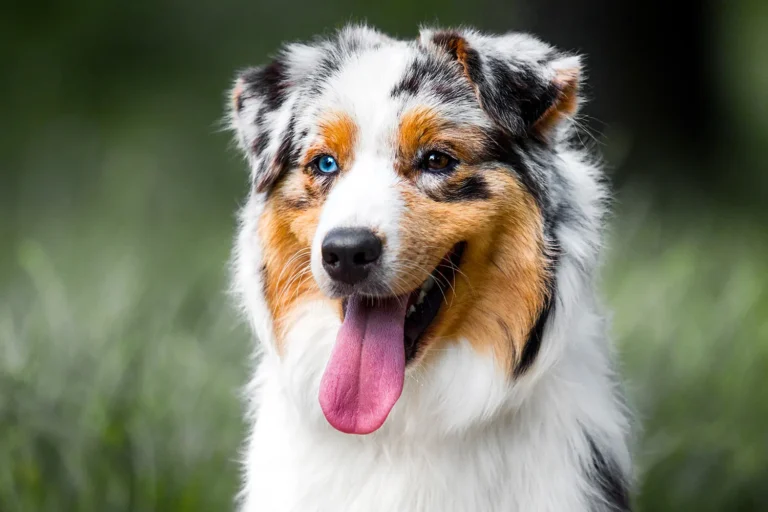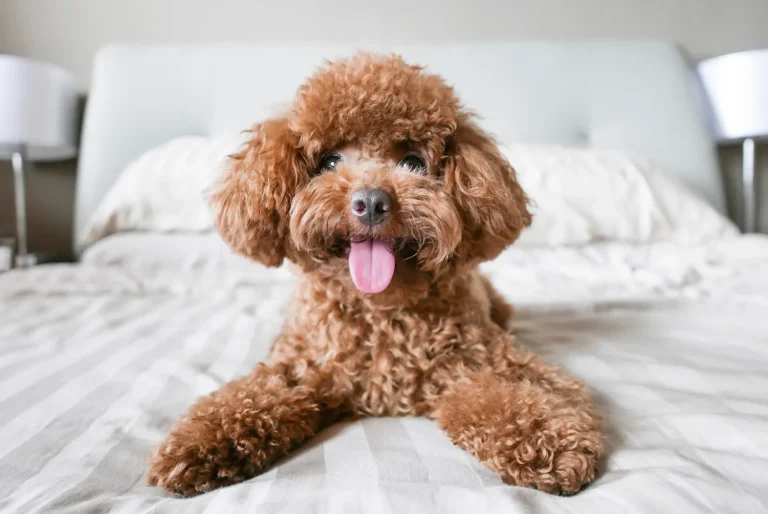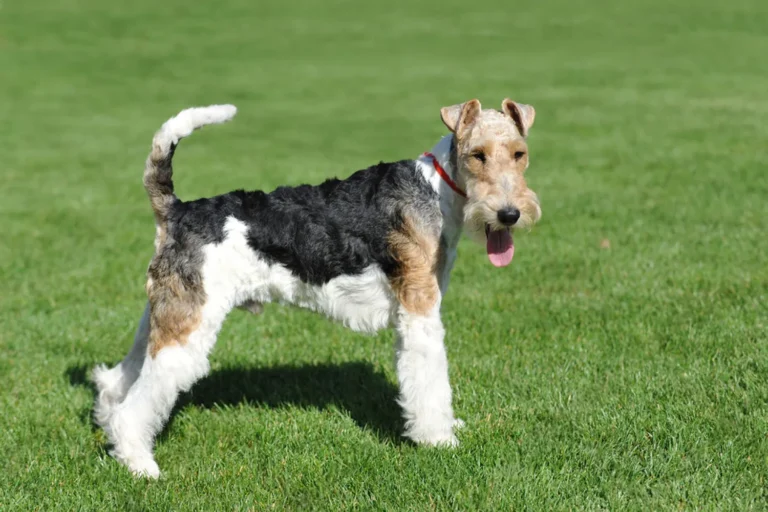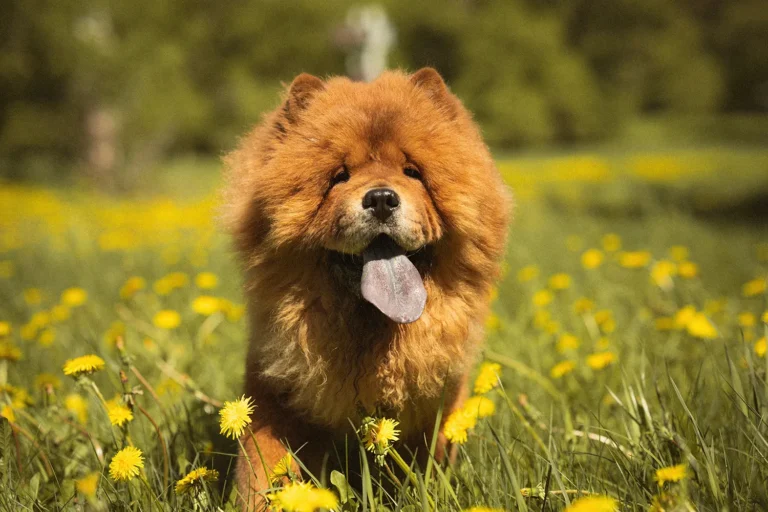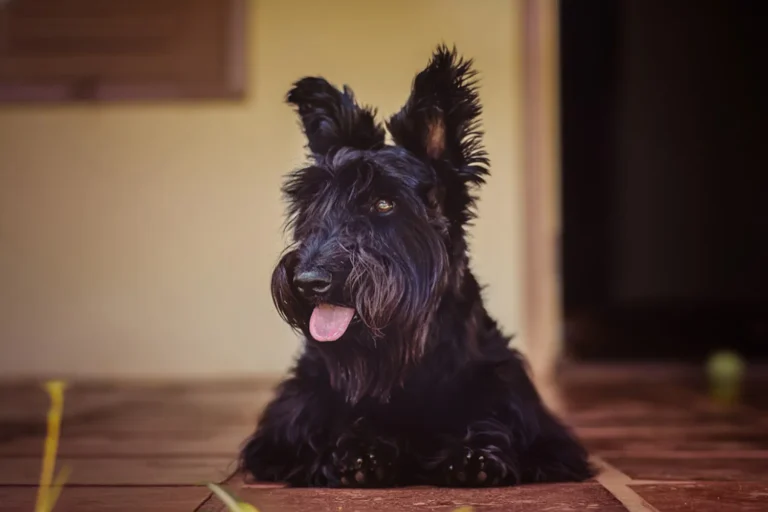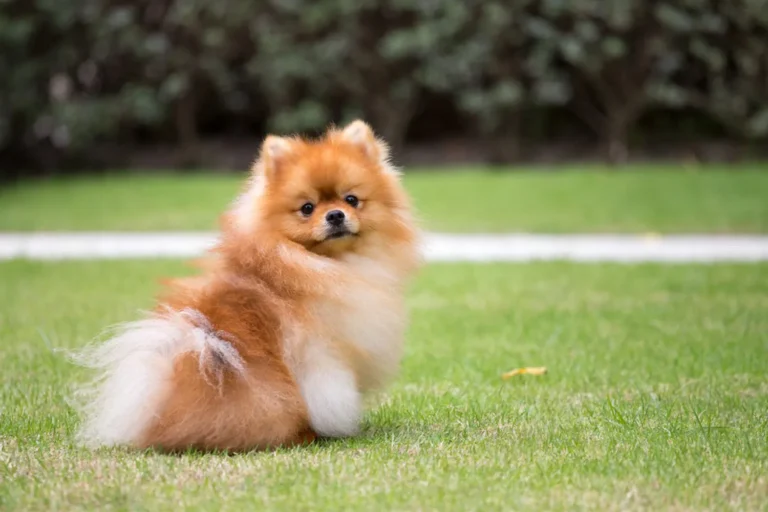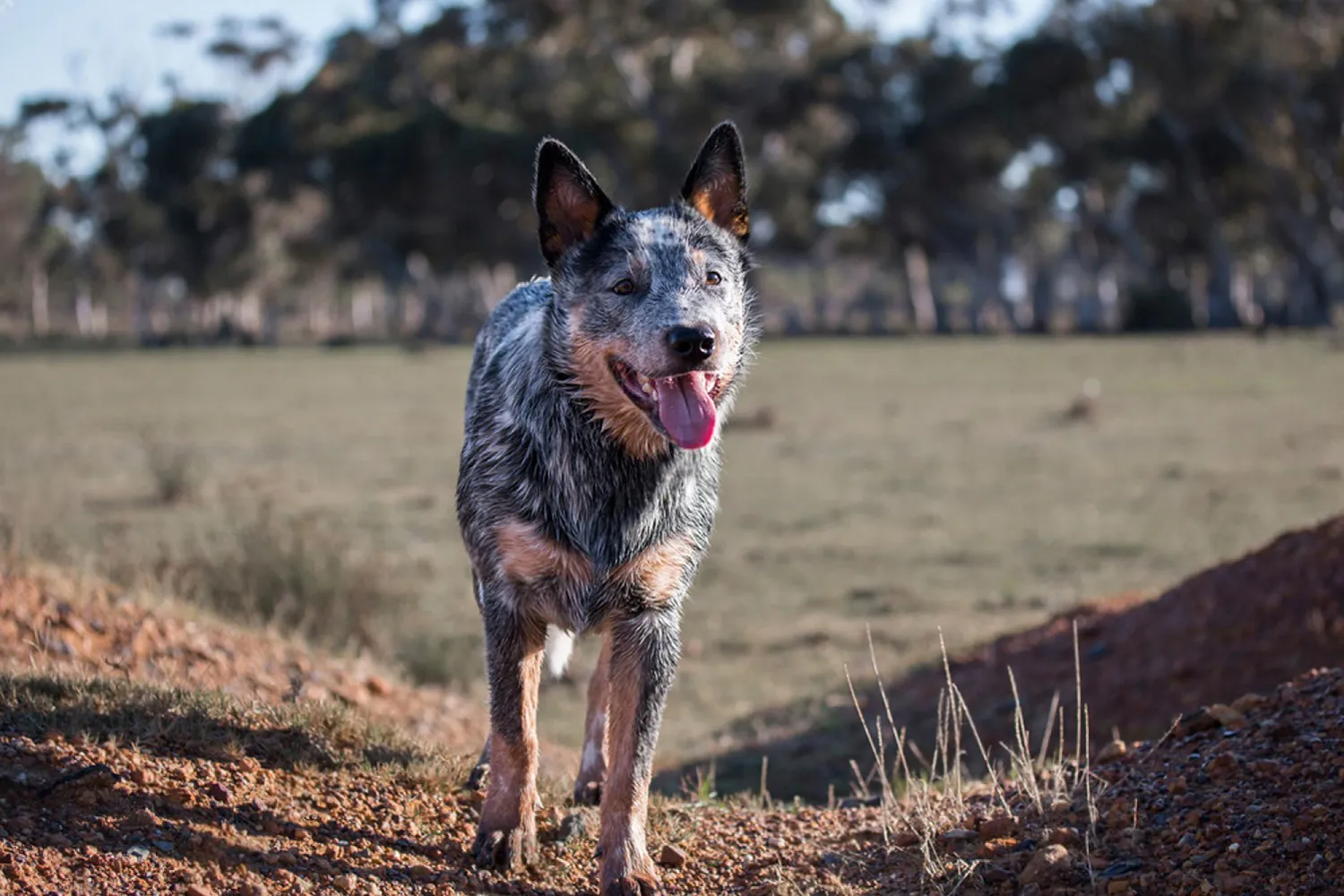
Originally bred to move cattle from dawn to dusk, the Australian Cattle Dog is pure go go go smart, quick, and happiest with a job to do. You’ll still see them working ranches, but they’re just as content joining an active family that keeps their busy brain engaged. I always joke that my friend’s Blue Heeler, Scout, tries to herd our hiking group; if we spread out on the trail, she gently circles us until we’re back in a tidy cluster. That’s the breed’s instinct showing, and it’s part of what makes them so fascinating and, honestly, a little underrated.
If you’re considering one, plan on lots of mental and physical outlets. Think agility classes, long hikes, fetch marathons, and puzzle toys short, focused training sessions can tire them out more than you’d expect. Give them “jobs” around the house, like learning toy names or carrying a small pack. They can be nippy with fast moving kids or bikes, so early training to redirect that herding instinct is key. When you meet their need to stay busy, they become the most loyal, humorous, and hard working sidekicks you’ll ever have.
Origin & History
Picture 19th century Australian settlers pushing cattle across miles of red dirt and scrub, and you’ll find the Australian Cattle Dog right there at their heels literally. These dogs went from hardy little working pups to the quiet, steady hands of the ranch, guiding wild cattle with a swift nip at the heel and a laser focus that didn’t spook the herd. They weren’t just helpful; they were essential to the growth of the Australian beef industry, moving animals over huge distances where horses and men needed a partner that could keep going without fuss.
The first dogs came over from England, but those drovers quickly realized the British types couldn’t handle the heat, the rough terrain, or the temperament of Australia’s cattle. So, breeding shifted to Australia. Settlers began crossing sturdy British working dogs with local influences to shape a dog built for the job tough feet for thorny scrub, a weatherproof coat, keen intelligence, and a calm way of working. You’ll hear old stories about dingo influence and touches from other working breeds, and whether you’re a historian or just a fan, the result speaks for itself: a dog that could work all day, think on its feet, and barely make a sound while doing it. A breeder I once chatted with in New South Wales told me, “The good ones don’t bark at cattle they read them,” and that line has stuck with me ever since.
By the 1890s, the type was being refined and promoted. In 1892, Robert Kaleski began breeding and writing about these “blue heelers,” a name that stuck thanks to their mottled coats and heeling style. They were especially beloved in Queensland, where they picked up the nickname Queensland Heeler. I remember meeting an old stockman at a country show who called every heeler “Bluey,” no matter the dog’s actual name he said, “If it’ll work cattle, it answers to Bluey.” That quiet pride says a lot about how deeply these dogs are woven into ranch life.
The Kennel Club of New South Wales approved the breed standard in 1903, giving the Australian Cattle Dog official footing at home. Recognition abroad took longer. It wasn’t until 1980 that the American Kennel Club registered the breed, with eligibility to show in the Working Group that September. Even today, you can see their roots on display: they excel in herding trials, agility, and if you’re lucky enough to watch them on a ranch good old-fashioned cattle work. And a small bit of advice from living with these brilliant dogs: that quiet heeling instinct is still there. Give them a job, even if it’s just puzzle games, structured walks, or a bit of backyard “herding” with a ball, and you’ll have a happy heeler who’s as content at home as their ancestors were on the open range.
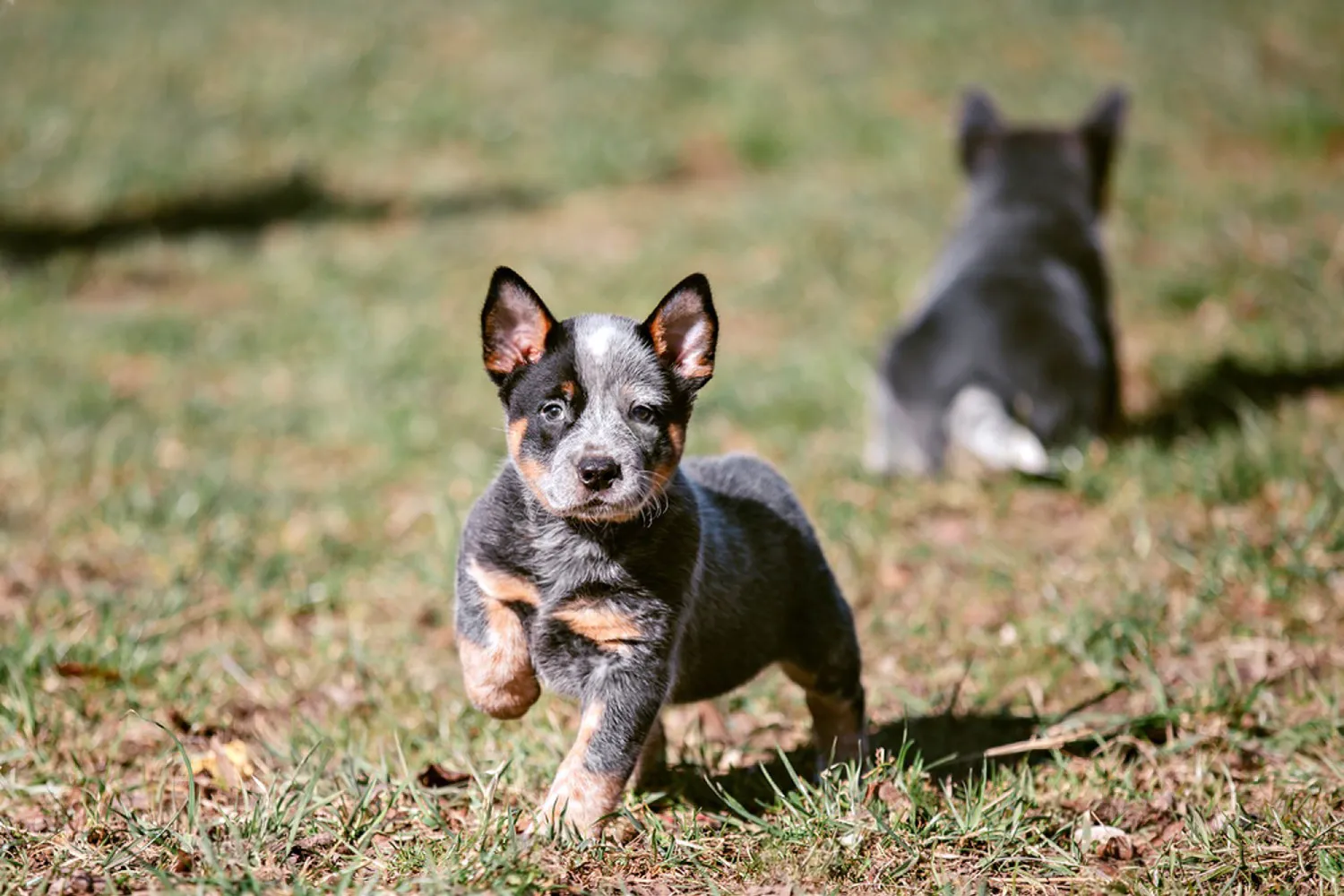
What Is an Australian Cattle Dog?
Built for work and always ready to go, the Australian Cattle Dog is a medium sized, short coated dynamo with a look you don’t mix up. They typically come in two striking colors blue or red often with speckles or mottling that make them stand out. With alert, pricked ears and a sturdy, athletic build, they have that “let’s get to it” stance that turns heads at the park. I remember the first time I met one on a trail; even standing still, he looked like he was mid mission.
These dogs were bred to drive cattle across rough country, and it shows in everything they do. They’re tough, smart, and astonishingly determined. Give them a job fetch with purpose, agility courses, long hikes and they’ll shine. A friend’s red heeler once gently “herded” our group back to the picnic blanket when we wandered too far, which was equal parts impressive and hilarious. If you bring one home, plan on daily exercise and brain work; a bored cattle dog will invent its own projects. The good news is their short coat is pretty low maintenance just a quick brush once or twice a week, with extra attention during seasonal shedding. Train with consistency, keep their minds busy, and you’ll have a loyal partner who can handle just about anything.
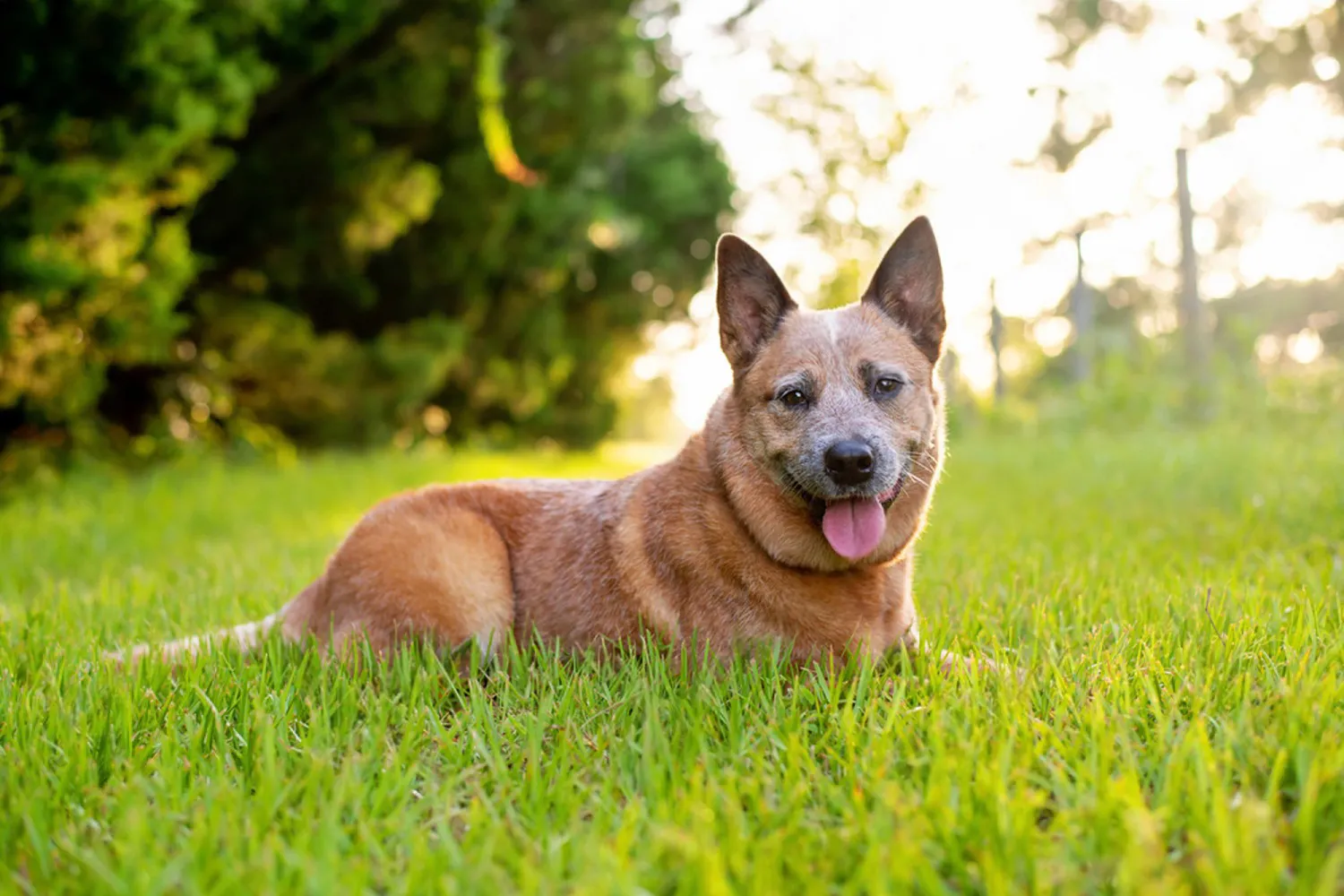
Who Are Australian Cattle Dogs Best For?
If you’re working cattle, this breed is the real deal. Australian Cattle Dogs were bred to push beef cattle all day long, and it shows in their grit, focus, and stamina. I once spent a morning on a small ranch watching a compact blue heeler named Dusty weave through a herd like a pro quiet, quick, and totally locked in on the job. Ranchers love them because they know how to move stubborn cattle without drama, even in heat, rain, or wind.
But they’re not only for wide open pastures. These dogs can transition beautifully into active family life when they have a “job” to do. If you’re a hiker, runner, or someone who loves long weekend adventures, you’ll have a happy partner trotting by your side. My neighbor’s ACD, Mako, lives in the suburbs and thrives on a routine of morning jogs, evening brain games, and a weekly agility class. He’ll happily chill after he’s worked both his body and his brain. Think puzzle feeders, obedience training, scent games, and recall practice give them purpose and they shine.
Who are they best for? People who love being outdoors, folks with consistent routines, and households that enjoy engaging with their dog daily. They’re great with older kids who understand boundaries and love to play. First time dog owners can succeed too, as long as they’re ready to invest in training and structure. One tip I swear by: teach a rock-solid “settle” and give them a designated mat or spot ACDs catch on fast and it helps channel all that fizzing energy. And yes, they can adapt to city life if you commit to exercise and mental stimulation. I met an ACD in a New York park once, trotting proudly with a tiny backpack, collecting “mail” from friends around the block happy as could be.
Bottom line: if you want a smart, energetic partner who nudges you out the door for fresh air and fun, an Australian Cattle Dog might just be your perfect match.
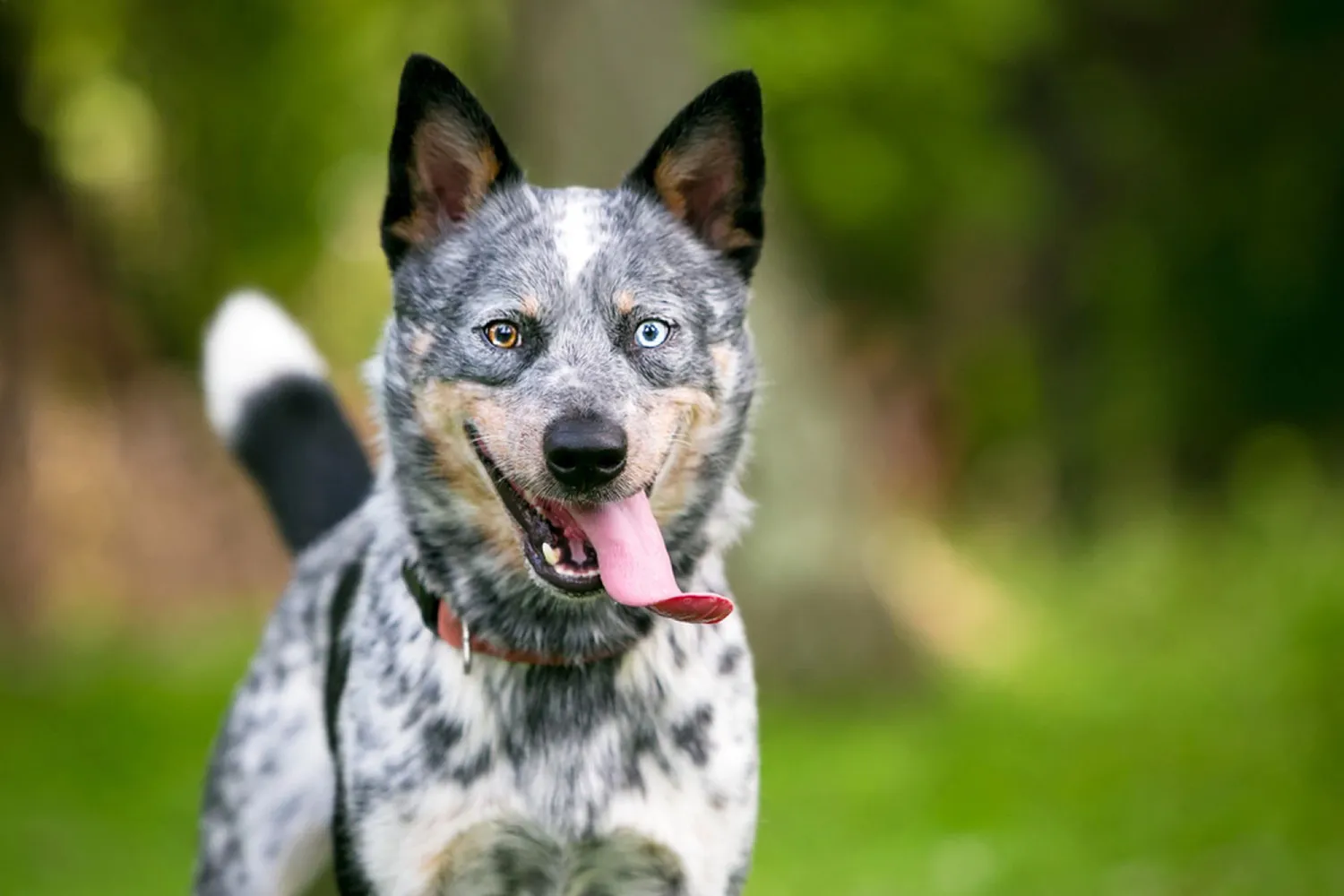
Grooming & Shedding
Australian Cattle Dogs are built for the elements, and it shows in their coats. That dense, weatherproof double coat sheds dirt surprisingly well half the time I just let mud dry and brush it out. A quick brush about once a week (so three or four times a month) keeps them tidy, and then I step it up when the seasons change. During spring and fall, when the undercoat “blows,” I break out an undercoat rake or a grooming glove and do it outside unless I want little blue gray tumbleweeds rolling through the living room.
Baths are on an as needed basis. If your dog is charging through fields and finds every puddle like mine does, you’ll probably wash more often, but I still keep it light to preserve those natural oils think every month or two, or when they’re truly stinky. Use a gentle dog shampoo, rinse thoroughly, and towel dry well. Pro tip: a cool setting blow dryer speeds things up, and yes, post bath zoomies are normal.
Don’t skip the basics. Brush their teeth regularly (daily if you can; a few times a week at minimum), and check ears after hikes for burrs or foxtails. Clean with a vet approved solution and a cotton pad no deep swabs. Nails often wear down with activity, but I still check every 2-3 weeks; if I hear clicking on the floor, it’s time. I like a nail grinder and a lick mat with a smear of peanut butter to keep things calm.
Start all of this young and keep sessions short and positive. I used to handle paws and ears during TV time and pair the brush with treats. Before long, “brush” became a cue my heeler actually looked forward to well, at least for the treats.
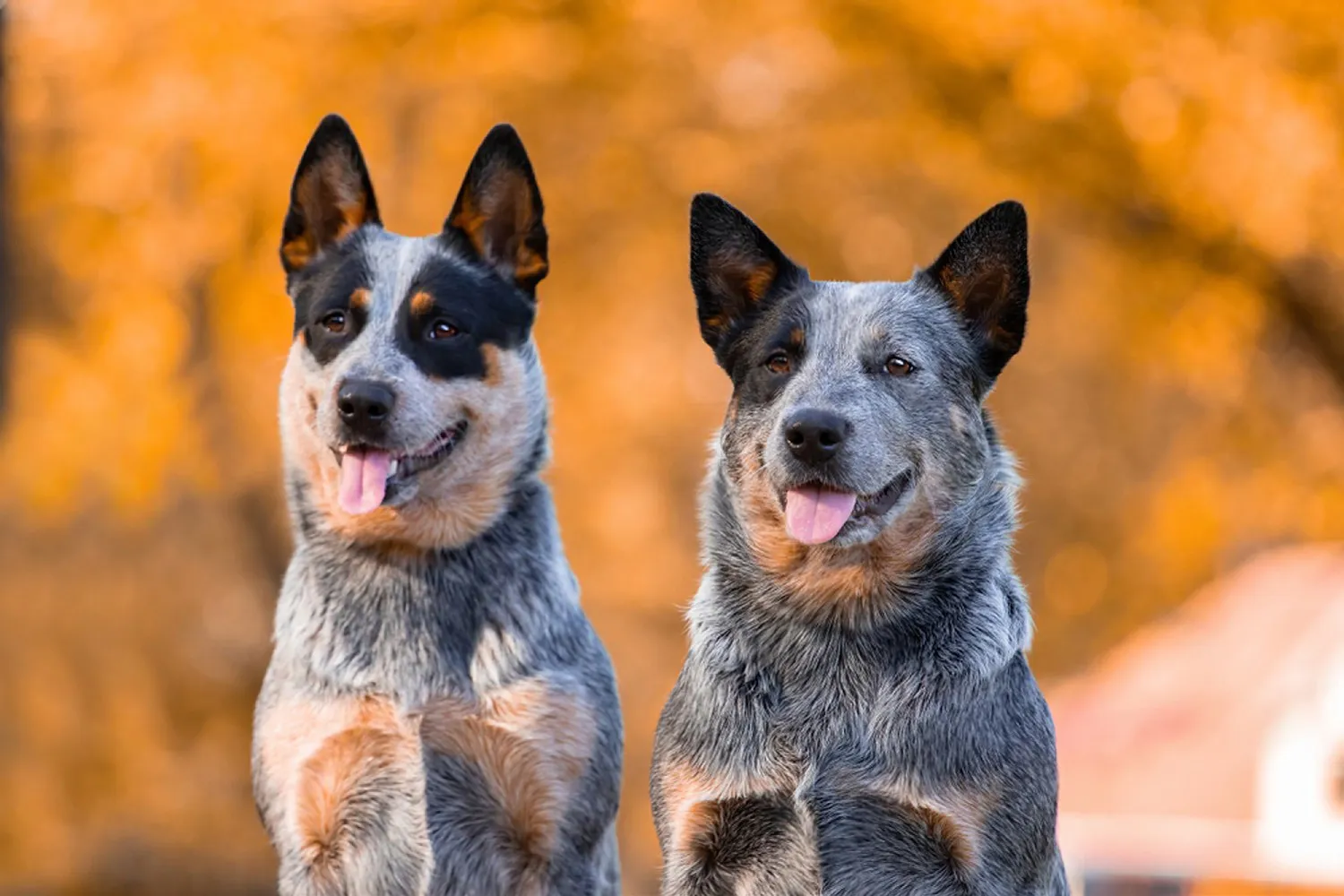
Barking
Queensland Heelers tend to be the strong and silent type. That quiet streak comes from their herding style stealthy, focused, and more about eye contact and body language than a lot of noise. I remember watching a friend’s heeler, Blue, move a small group of cattle with barely a sound. Just a lean, a glance, a quick trot no fuss, no barking. At home, he’s the same way: a soft huff when the mail arrives, maybe a single “woof” for the doorbell, then back to napping.
If you live in a place where noise carries, that calm voice is a big plus. Just know that even quiet dogs find their voices if they’re bored or under exercised. Give your heeler a “job” puzzle toys, obedience drills, scent games, or a good game of fetch and you’ll likely keep the peace. I like to teach a “quiet” cue early: reward them when they settle after an alert bark, and they catch on fast. Some individuals will be chattier than others, of course, but as a rule, with enough daily exercise and a bit of structure, a Queensland Heeler is the kind of roommate who prefers action over commentary.
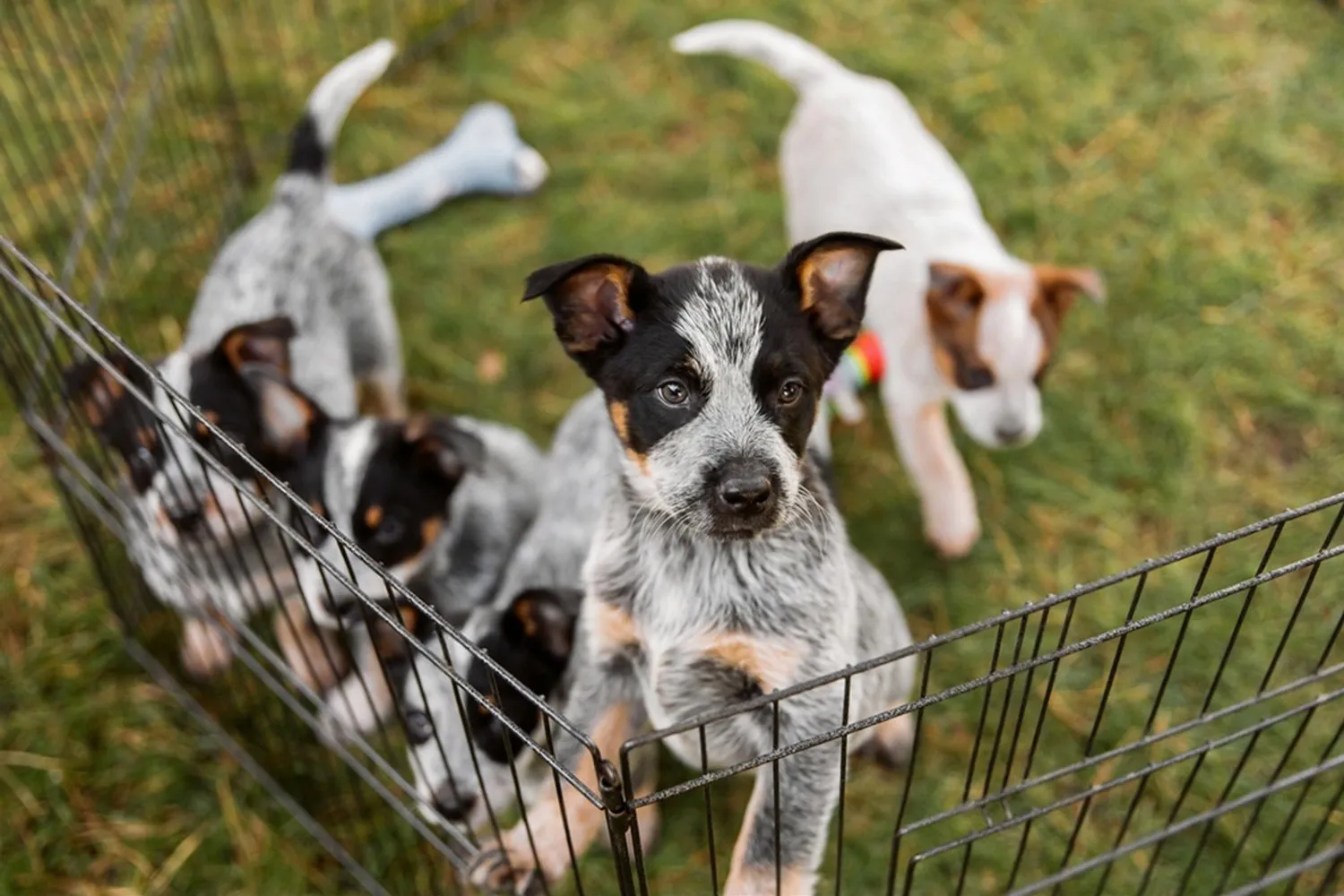
Weight and Size
Australian Cattle Dogs are medium sized, but they’re built like little athletes. Males typically stand 46-51 cm tall (about 18-20 inches), with females a touch shorter at 43-48 cm (17-19 inches). On the scale, most fall between 14-23 kg (31-50 lbs), and where they land depends a lot on how much they work and what they eat. My friend’s heeler who herds a few times a week sits at the upper end with dense muscle, while a neighbor’s city girl stays a lean 16 kg with daily jogs and plenty of fetch.
Aim for an athletic outline: a visible waist from above and ribs you can feel but not see. These dogs pack on muscle easily, so keeping them trim helps protect their joints during those trademark zoomies. Pups often shoot up in height first and “fill out” later, so don’t stress over a lanky teenager steady exercise and a sensible diet will bring them into that healthy, sturdy adult frame.
https://en.wikipedia.org/wiki/Australian_Cattle_Dog
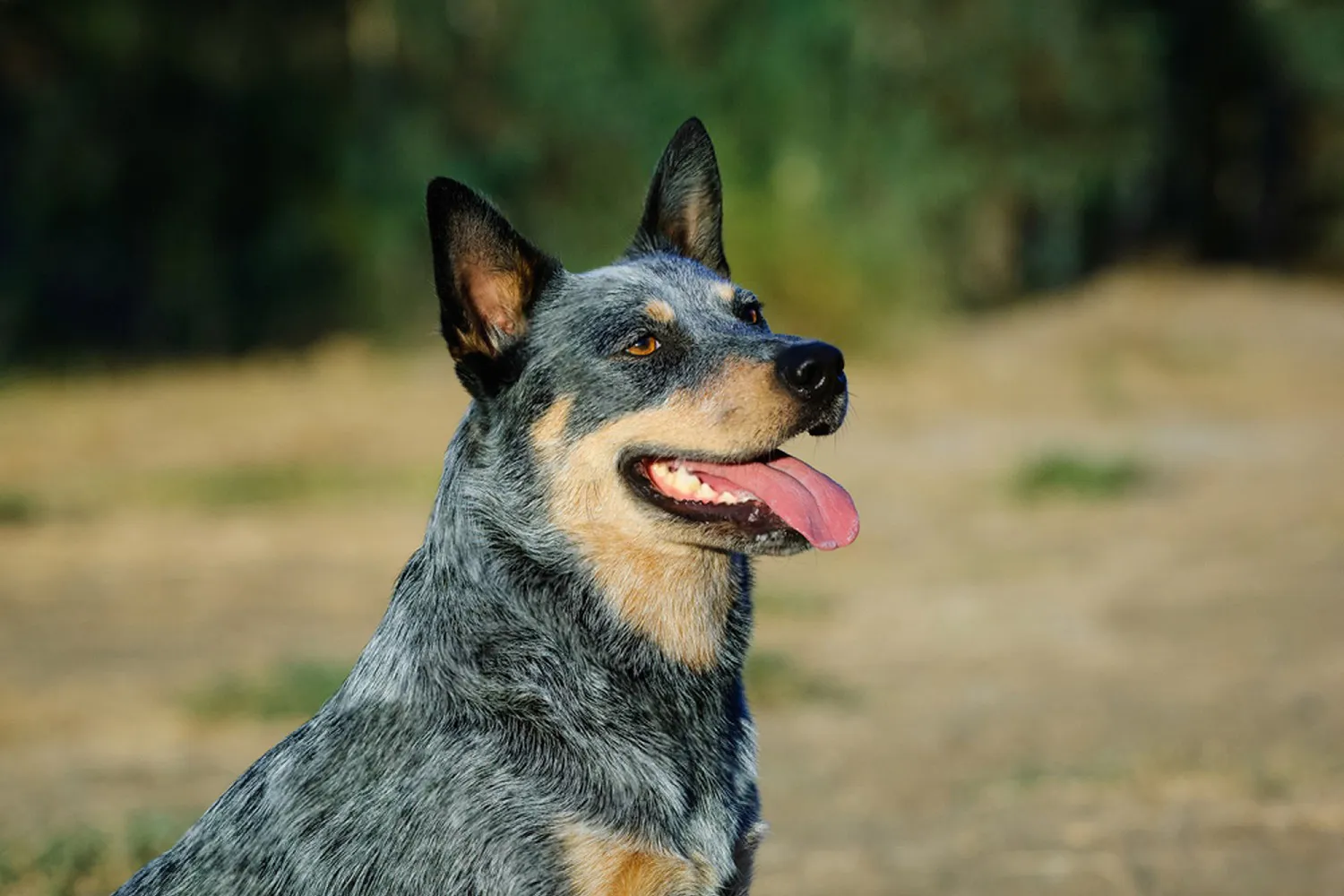
Australian Cattle Dog Training
These dogs are brilliant, busy, and bold wonderful companions for someone who’s handled strong minded breeds before. Clear structure and early socialization are your best friends here. I like to start right away with calm meet and greets, puppy classes, and lots of positive exposure to different places and sounds. One of mine learned to relax around bikes and skateboards because we’d sit at the park, watch quietly, and I’d reward eye contact and calm behavior. It made a huge difference.
Australian Cattle Dogs are naturally mouthy thanks to their herding roots, so teaching what’s okay to chew (and when) is essential. Stock up on tough chew toys, rotate them to keep things exciting, and teach “leave it,” “drop,” and a gentle “take.” My friend’s heeler used to nip heels during play; we fixed it by stopping all movement the instant teeth touched skin and redirecting to a tug toy. Movement resumed only when she was calm. Within weeks, the message was clear: calm behavior makes fun happen.
Keep training upbeat and consistent. Short, focused sessions beat marathon drills, and impulse control games like waiting at doors, sitting to greet, and holding a “place” on a mat help channel that big brain. Crate training and puzzle feeders can teach them to settle, which is just as important as exercise. If you’re newer to the breed, team up with a trainer who understands herding dogs; it’s worth its weight in squeaky toys.
Give them thoughtful training and early socialization, and they grow into healthy, well rounded partners equally happy to hike all morning and snooze at your feet all afternoon. That balance is the real win.
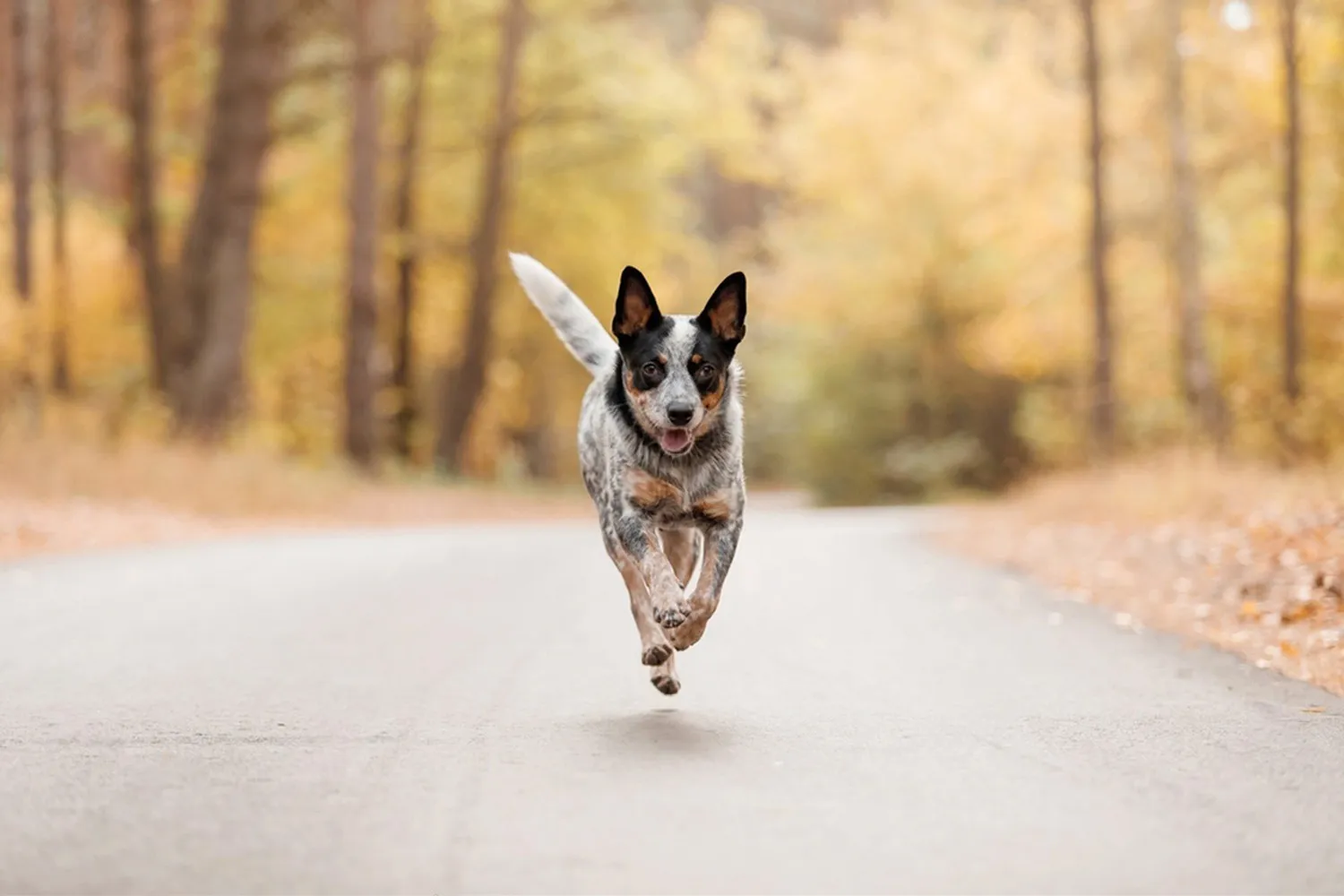
Temperament & Personality
This is an extremely active, head in the game kind of dog, the type who wakes up ready to work before your coffee has even brewed. To keep that zest pointed in the right direction, plan on daily mental and physical workouts from the start. Long walks are great, but you’ll also want “brain jobs”: puzzle feeders, scent games in the yard, hide and seek with kibble behind chair legs little challenges that leave them satisfied and a bit sleepy. I used to scatter breakfast in a snuffle mat before we headed out; by the time we hit the sidewalk, that edge of buzz had already softened.
This breed can be a bit defensive about things they consider “theirs” food bowls, toys, sometimes even their favorite person. That doesn’t make them bad; it just means you’ll need thoughtful training and good manners around resources. I like to start early with simple “trade up” games: offer a tasty treat in exchange for whatever they have, then give it back. It builds trust fast. I once dog sat a youngster who stiffened when I passed his bowl. For a week, I casually dropped a high value treat as I walked by. By day five he looked up, wagging, like “Got any of those bonus snacks?” Also, give them safe spaces let them eat in peace, store prized toys when kids are around, and teach a solid “leave it” and “place” so everyone feels secure.
They’re whip smart and a tad stubborn the “what’s in it for me?” student. Keep training short, upbeat, and varied. Five minute bursts, a few times a day, beat marathon sessions. Rotate rewards: sometimes cheese, sometimes a quick game of tug, sometimes a chance to sprint to a mat. A trainer I worked with in Seattle reminded me to end on a win; once I started doing that, the difference was night and day. When mine started checking out during heelwork, I switched to a quick round of nose targeting and suddenly he was all in again.
Temperament is a blend of heredity, training, and socialization, so stack the deck early. Invite calm friends over, visit dog friendly stores, let them watch the world from a comfortable distance, and pair new sights and sounds with treats. Puppy classes help, but so do quiet “sniffaris” on a long line where they can read the news of the neighborhood. Watch for subtle signs stiff posture, whale eye and give them space before they feel the need to guard. With steady routines, kind guidance, and plenty of outlets, this breed blossoms into a loyal, lively companion who works hard and loves even harder.
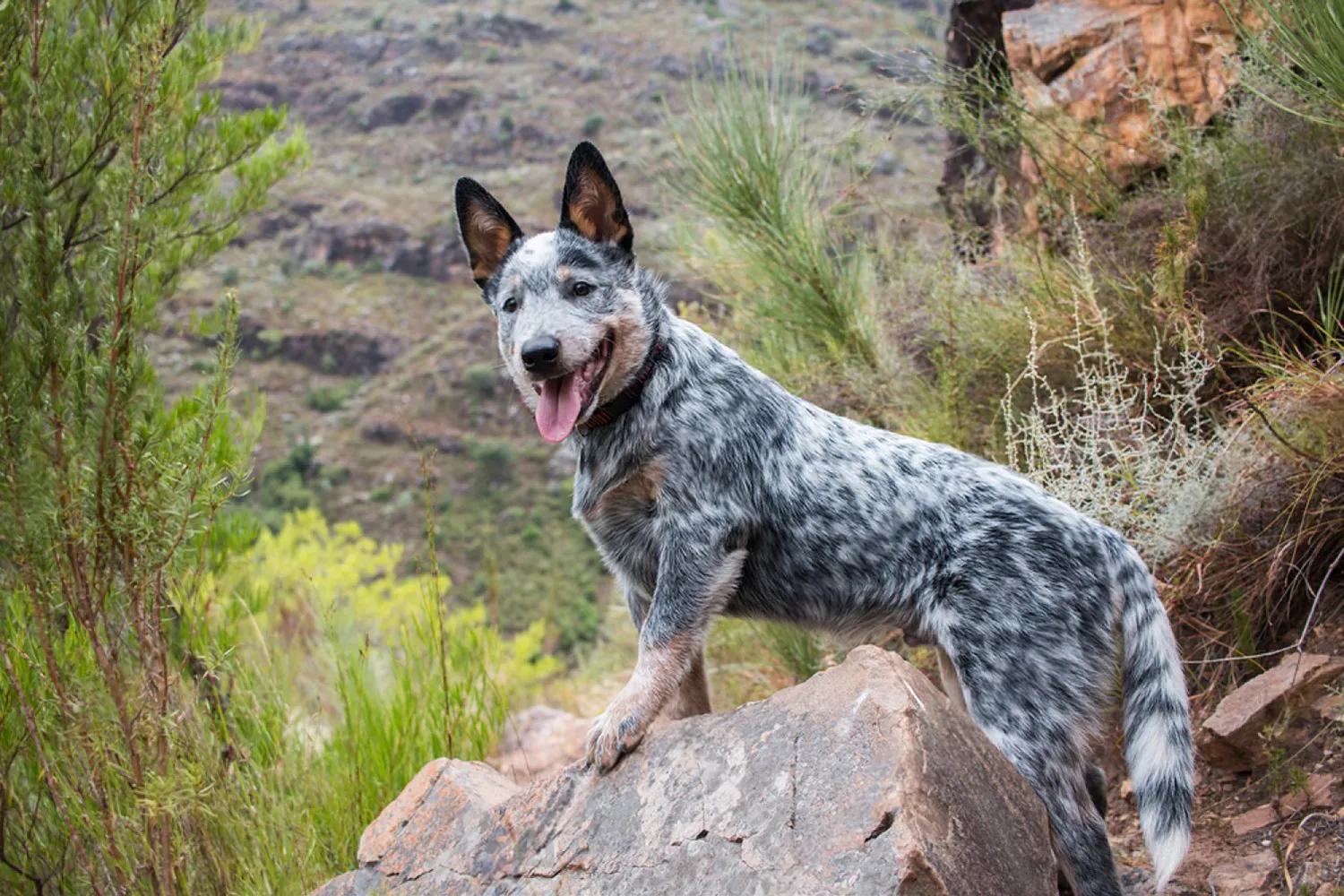
Australian Cattle Dog Health Issues
Australian Cattle Dogs are tough, energetic, and usually very healthy, but even the hardiest ranch hand needs a little extra care now and then. I always tell new heeler owners: enjoy the zoomies, but keep an eye on the details. Regular vet checkups, a lean diet, and good breeding practices go a long way toward keeping these brilliant dogs feeling their best.
Progressive Retinal Atrophy (PRA) is one of those conditions that sneaks up quietly. It’s a slow deterioration of the retina and, sadly, there’s no cure. The silver lining is that many dogs adapt incredibly well. My foster heeler, Daisy, started bumping into the coffee table at night classic early “night blindness.” We kept the furniture in the same places, added little nightlights in the hallway, and used textured rugs to help her map the house. She learned hand signals and scent cues so fast you’d swear she was reading my mind. If you’re considering a puppy, ask the breeder about genetic testing for PRA and eye exams by a veterinary ophthalmologist.
Deafness can also show up in this breed sometimes with age, sometimes inherited from birth. My friend’s deaf cattle dog, Blue, hikes like a champ and checks in visually every few steps. Training with clear hand signals, a gentle vibration collar (no shock), or a quick flash of a small flashlight works wonders. Signs to watch for include not waking to loud noises, startling easily, or ignoring squeaky toys. Responsible breeders use BAER hearing tests and do not breed deaf dogs. If your dog is hearing impaired, stick to secure areas or a long line, and teach a rock-solid visual “come” for safety.
Hip dysplasia is the other big one: an inherited mismatch where the thigh bone doesn’t fit snugly in the hip joint, which can lead to arthritis and lameness. Early hints can be a bunny hop run, reluctance to jump into the car, or stiffness after a hard play session. Keeping your heeler lean is huge extra pounds make sore joints even sorer. Low impact exercise like swimming, controlled fetch on soft ground, and strength building walks up gentle hills helped my own heeler mix feel years younger. We added joint friendly routines, ramps instead of stairs, and an orthopedic bed. Talk to your vet about X rays, pain management when needed, and whether supplements like omega-3s or glucosamine could help.
The big picture? These dogs are sturdy, spirited, and often stoic, so they won’t always show discomfort. Catching changes early, choosing a reputable breeder, and tailoring exercise as they age can keep your cattle dog thriving. With a few smart adjustments, even a dog with vision loss, deafness, or hip issues can live a joyful, adventure filled life right by your side.
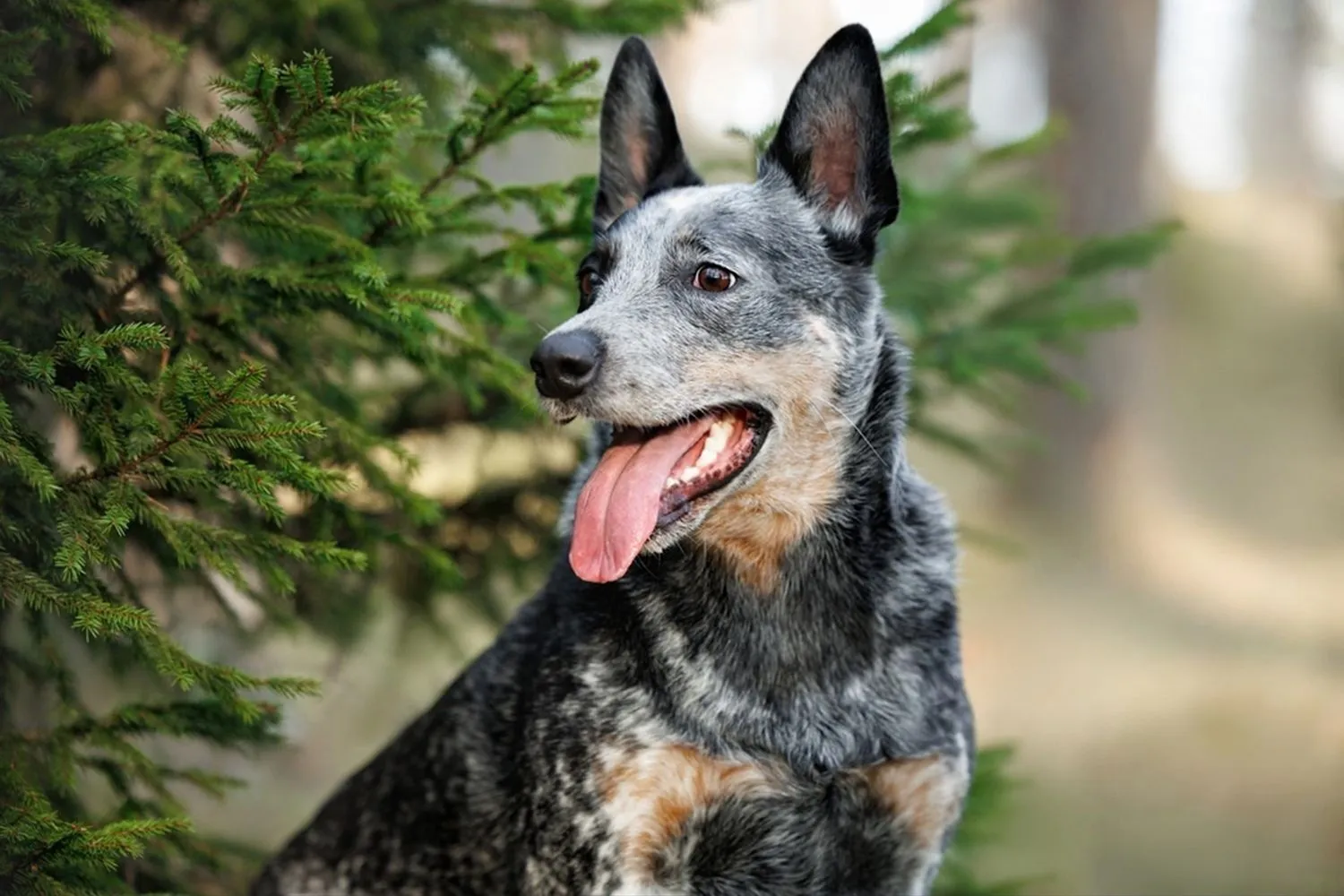
Lifespan
Australian Cattle Dogs are built for the long haul. While dogs in general can live anywhere from about 8 to 18 years depending on the breed, these hardy heelers typically land around 13 to 15 years. That’s a solid stretch of time for trail walks, backyard games, and a whole lot of muddy paw prints on your floors.
I’ve found the secret to those happy, healthy mid teen years is consistency. Daily exercise (not just a quick spin around the block), mental work like simple nose games or puzzle toys, and regular vet checkups go a long way. My neighbor’s old Blue Heeler, Rusty, was still “herding” our kids’ soccer balls at 14 because his people kept his brain busy and his weight in check.
As they edge into their senior years, small tweaks make a big difference: shorter but more frequent walks, a comfy bed for those hardworking joints, ramps instead of big jumps, and a diet your vet approves for an active herding breed. Don’t forget teeth and nails dental care and proper nail length can add comfort to every step. One time I switched to two shorter evening strolls with my foster heeler, and he slept like a puppy again. Care them well, and those 13-15 years will feel full to the brim.
Feeding
I like to keep meals simple and consistent: most dogs in this group do well on about 1.5 to 2.5 cups of quality food per day, split into two meals. Using a measuring cup (not just eyeballing) helps more than you’d think. A morning bowl and an evening bowl keeps their energy steady and helps prevent the “I’m starving!” zoomies at midnight. I also stick to a routine same times, same spot because dogs love knowing what to expect.
If your dog is big into sports or has a super active day, you can bump things up a bit. On agility days, I’ll add a small extra scoop or a calorie dense topper to dinner, and I count training treats toward the daily total. Little snacks can be great: think a few crunchy carrots, a smear of peanut butter in a puzzle toy, or high-quality training bites. Just keep treats to roughly 10% of daily calories so the main diet stays balanced. My friend’s flyball dog maintains weight beautifully with a tiny midday snack on heavy practice weeks, then goes right back to the usual plan on rest days.
Watch their body, not just the bowl. You should feel ribs with light pressure, see a waist from above, and notice a gentle tuck up from the side. If they start to look a bit round or a bit lean, adjust by a quarter cup for a week and reassess. Changes in stool, coat, or energy can also be clues to tweak portion size or protein/fat levels. And whenever you’re unsure especially with performance dogs or sudden weight shifts have a quick chat with your vet. Mine once plotted a simple body condition chart for me, and those monthly weigh ins have saved me from creeping portion creep more than once.
Australian Cattle Dog FAQs
Are Australian Cattle Dogs destructive?
These dogs were bred to work all day on ranches, so their brains and bodies are wired for action. If that energy doesn’t have an outlet, it will find one usually by chewing the corner of your coffee table or “redecorating” a cushion. I learned this the hard way after skipping a morning run and coming home to a very satisfied heeler and a very not satisfied pair of sneakers. Plan on plenty of mental and physical stimulation: brisk walks or runs, fetch with rules, tug, puzzle feeders, training sessions, and scent games. Rotating tough chew toys and stuffing a few frozen Kongs can save your furniture. They’re generally not best suited to apartment living or being left alone for long stretches, and if they must be solo for a bit, crate training and a midday dog walker can make a world of difference.
At what age do Australian Cattle Dogs calm down?
Most settle a notch around age 2, and true emotional maturity for this breed typically shows up around 3 to 4 years old. Think of it as a long runway. The good news is that structured routines help: two solid exercise blocks daily, short training bursts sprinkled in (five minutes here, five minutes there), and clear house rules. I like to teach “place” and impulse control games early those skills pay off when the zoomies hit and you need an off switch.
Are Australian Cattle Dogs good for first time dog owners?
They’re not the easiest pick for beginners. Heelers need more exercise, training, and consistency than many breeds, and they’re quick thinkers who notice every loophole. That said, if your heart is set and your lifestyle is active, it’s doable with support. Budget for a good trainer, commit to socialization, and be ready to channel herding instincts into jobs obedience, agility, trick training, or even herding lessons if you have access. One of my friends fostered an adult heeler with a trainer’s guidance and found that starting with an older dog (past the baby chaos) made the learning curve gentler.
Do Australian Cattle Dogs like to cuddle?
They’re generally more independent than velcro lap dogs, but many form an intense bond with their person and show affection on their terms. Don’t be surprised if they choose to lie nearby rather than on you, or press a shoulder into your leg as a quiet “I love you.” Mine isn’t a marathon snuggler, yet she’ll lean in for a few minutes after a long hike, then plop down within sight like a tiny, speckled bodyguard. Respect their space, reward calm closeness, and you’ll earn those moments.
Are Australian Cattle Dogs and Blue Heelers the same?
Yes same breed, different nicknames. Today the official name is Australian Cattle Dog, but you’ll still hear Blue Heeler (or Red Heeler) based on coat color, and some folks use the old heeler terms out of habit. Whatever you call them, you’re talking about the same smart, sturdy, tireless dog.
Disclaimer:
This article is for informational purposes only and doesn’t replace professional veterinary or training advice. Always consult a certified vet or dog trainer for guidance specific to your pup.
